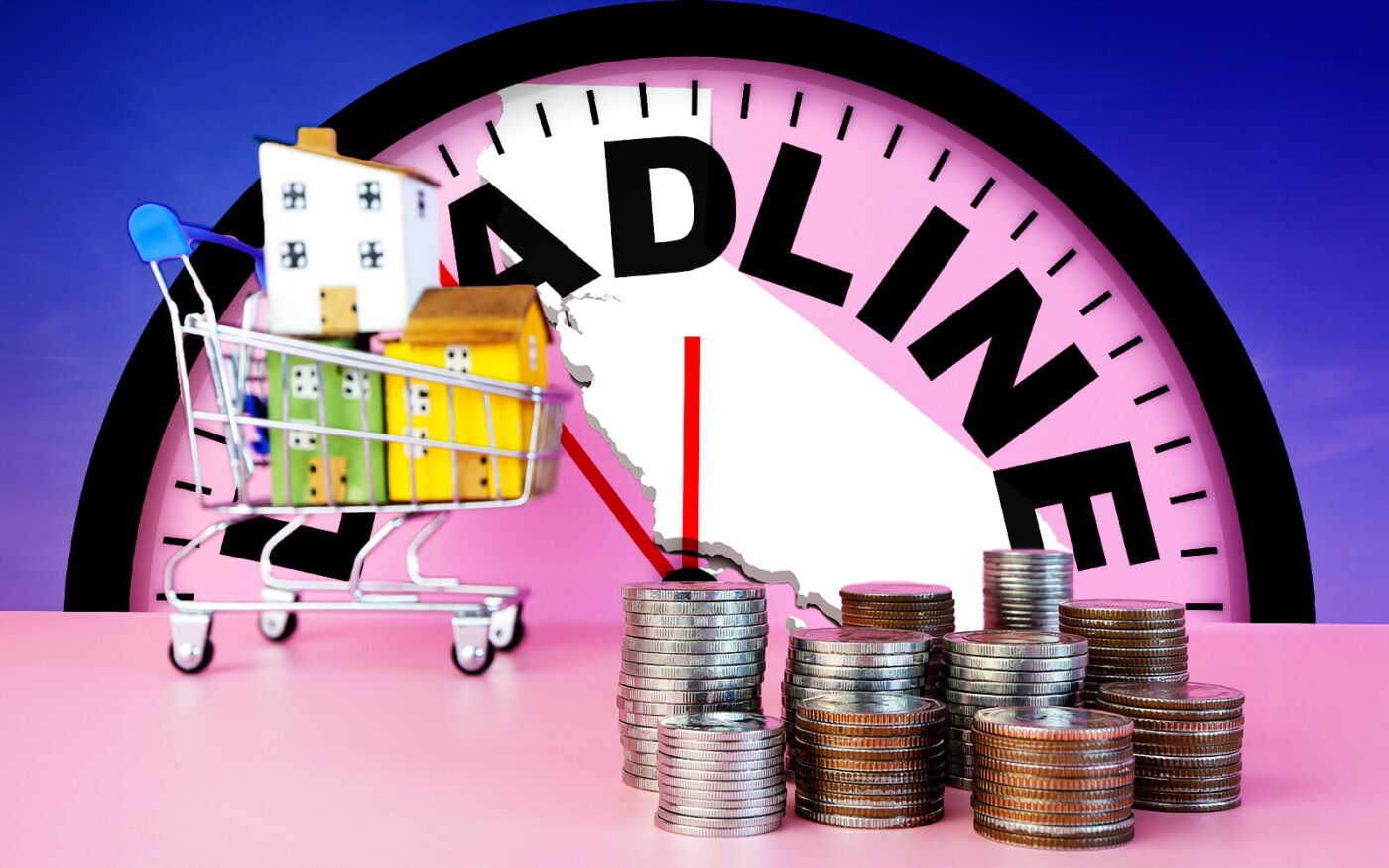 California house payments rise 127% since the pandemic’s onset
California house payments rise 127% since the pandemic’s onset
Trending
Is the buyer’s market dead and gone for California homes?
A dozen years have elapsed since enough homes listed to put shoppers in control

A once sunny buyer’s market for homes in the Golden State has fallen into its own doom loop, with fewer and fewer homes for sale.
Nearly a dozen years have elapsed since California housing has seen a buyer’s market, according to an Orange County Register analysis, citing figures from the California Association of Realtors.
An adage of the real estate industry holds that buyers control the market when the number of listed homes equals six months or more of sales, indicating supply exceeds demand. If the number of homes on the market is three months or less, it’s a “seller’s market,” when demand exceeds supply.
In between, it’s considered a “balanced” housing market.
In September, it was a seller’s market, with a 2.8 month supply of homes for sale.
The last statewide buyer’s market was in February 2012, when the listed supply was 7.5 months, according to the Register, which crunched real estate data since 1990.
In the past dozen years, California housing has been a balanced market 62 percent of the time, and seller’s market 38 percent during the period. But there hasn’t been enough available homes for buyer’s to control the market.
Since early 2012, the median selling price for single-family homes rose at 8 percent a year, according to the Realtors’ figures.
Homes for sale were once plentiful.
Over the last 34 years, the housing supply averaged 10.2 months during buyer’s market periods compared to 2.4 months when sellers were in control. Since 1990, listed houses sat for an average 63 days in a buyer’s market, versus 23 days for sellers.
California was in a buyer’s market a third of the time since 1990. But that market has been dying for decades.
During the 1990s, 79 percent of the decade was a buyer’s market after a slow rebound from a housing crash off late 1980s, according to the Register.
In the 2000s, the buyer’s market periods fell to 27 percent, when a huge home-buying surge became a bubble that burst into the Great Recession before the decade ended.
In the 2010s, the buyer’s market plunged to 3 percent as housing rebounded from the recession.
Since 2020, zero buyer’s market moments were recorded through last fall, including the pandemic and a time of historically low mortgage rates.
Still, the “buyer’s market” has an economic downside — and a spurious label for when hard times hit potential buyer’s wallets, according to the Register. The “time to buy” period typically goes with weaker economies.
The California jobless rate averaged 7.7 percent in a buyer’s market compared to 6.4 percent when sellers were in control. In buyer’s markets, job creation statewide shrinks by 62 percent.
Read more
 California house payments rise 127% since the pandemic’s onset
California house payments rise 127% since the pandemic’s onset
 California’s new ADU law leaves agents with more questions than answers
California’s new ADU law leaves agents with more questions than answers
 Fewer residents leave, more out-of-staters move to California
Fewer residents leave, more out-of-staters move to California




